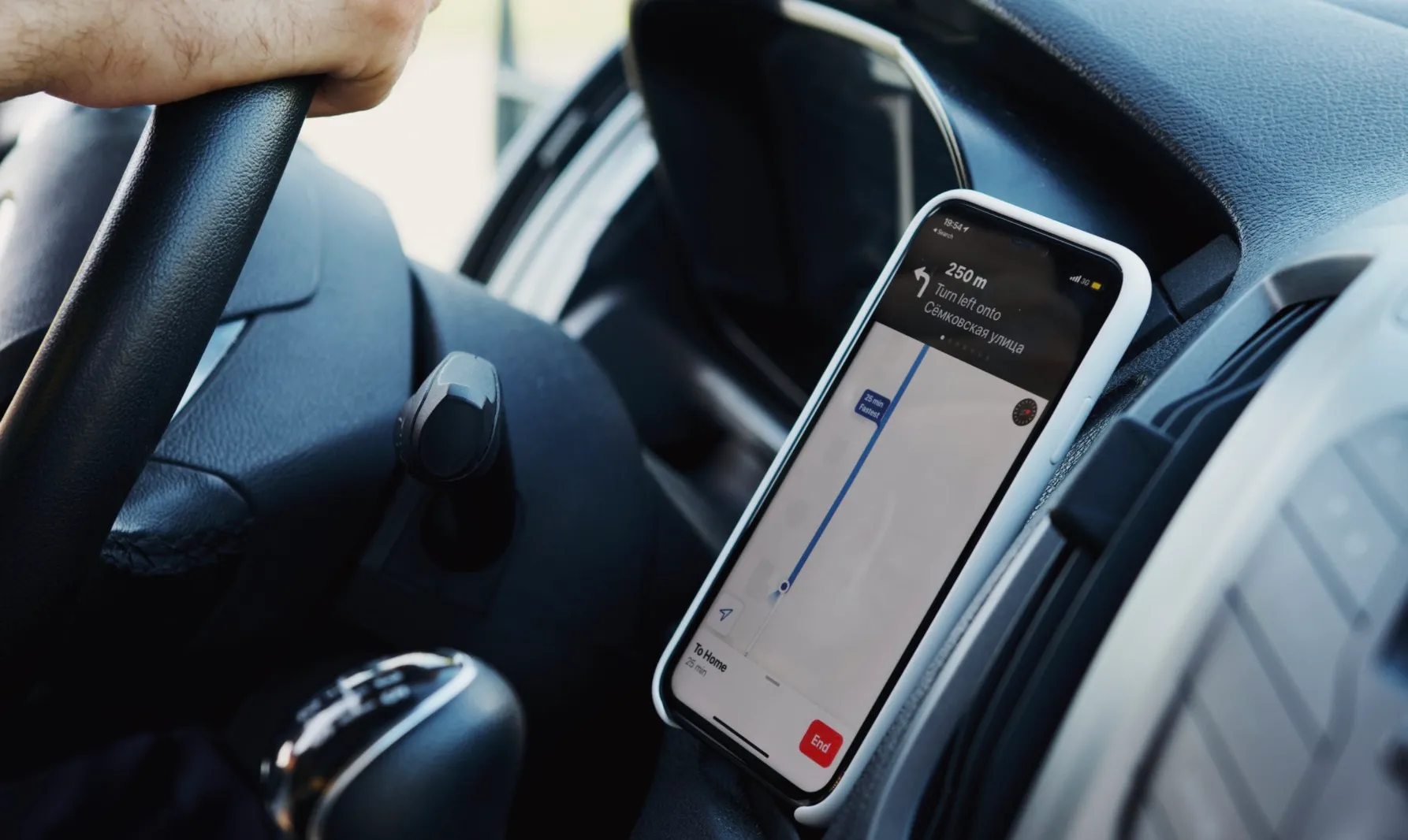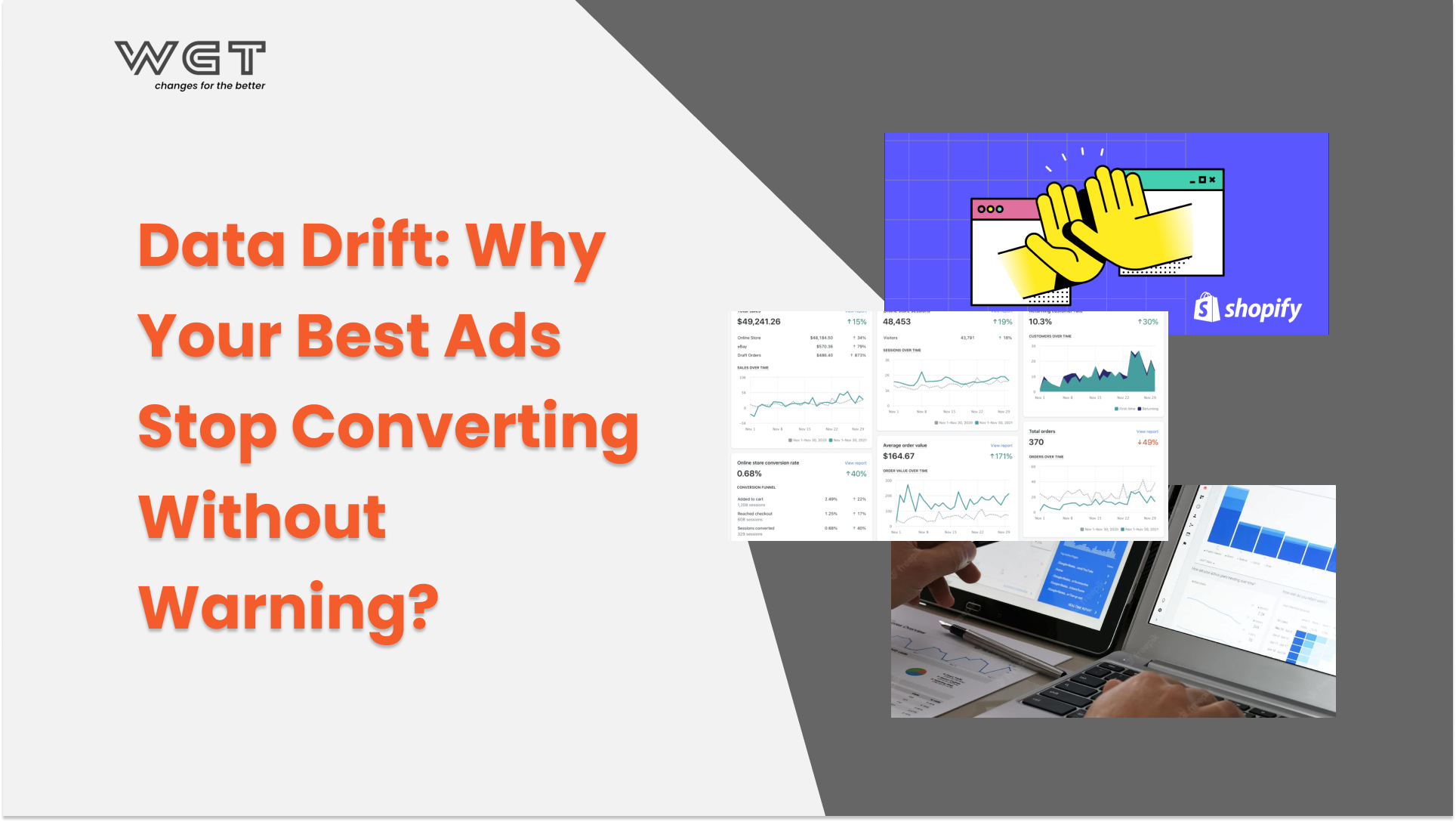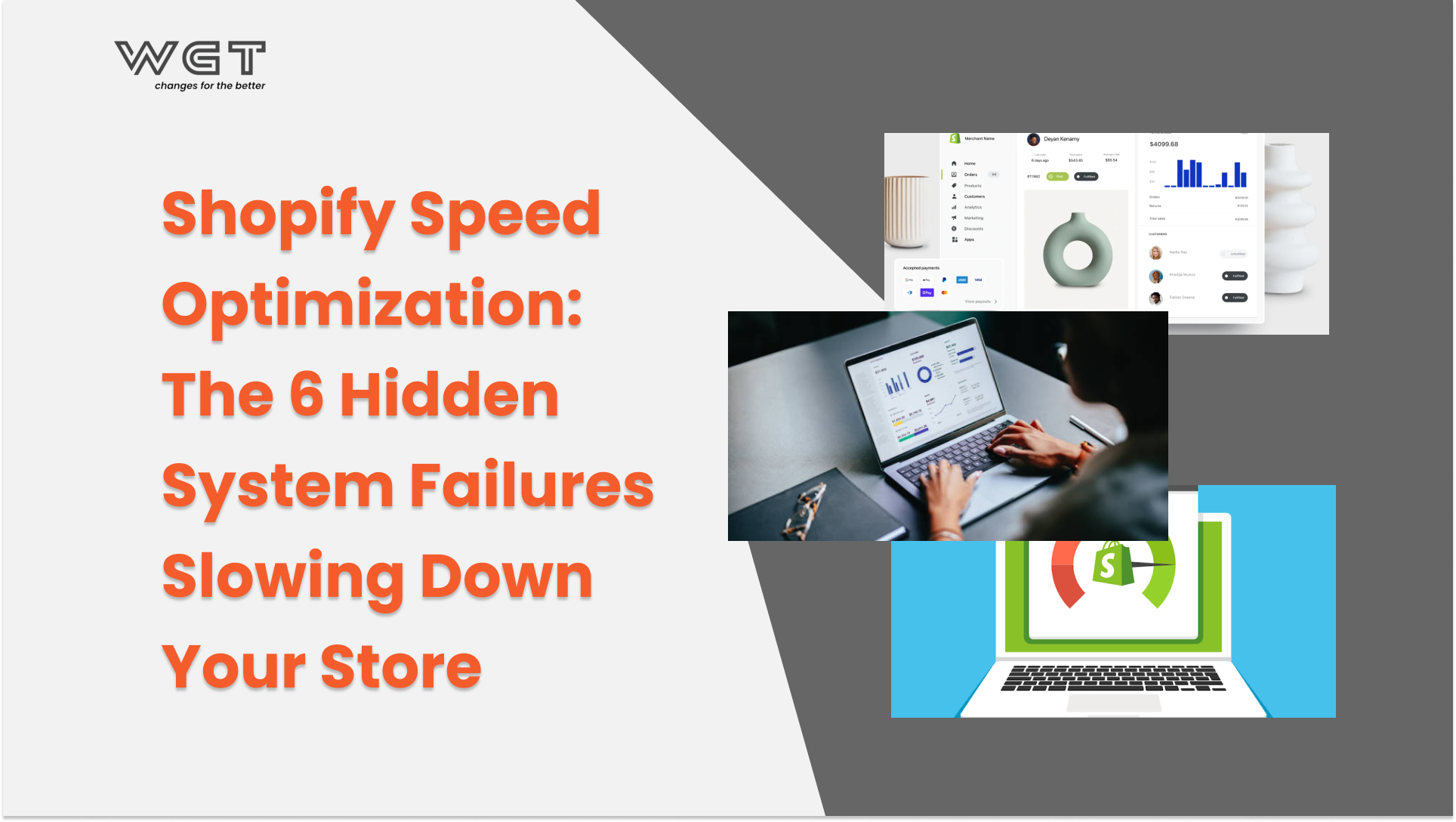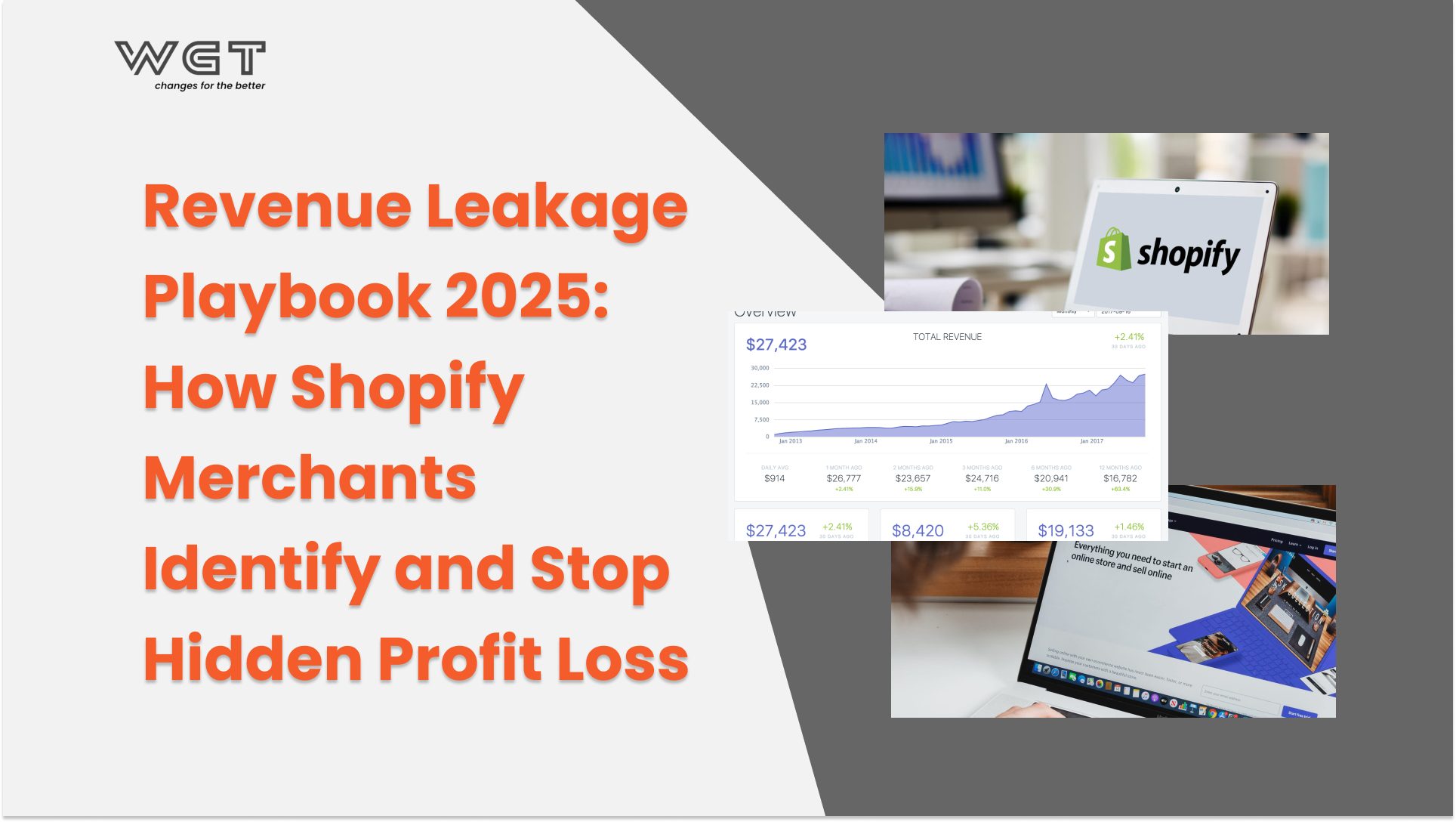In Part 1 of our series on Technical SEO for eCommerce Websites, we covered the foundational elements that ensure your online store is crawlable and indexable by search engines. We discussed the importance of mobile-first indexing, page speed optimization, and handling duplicate content.
Building upon that knowledge, Part 2 delves into more advanced technical SEO strategies that can give your eCommerce site a competitive edge. This article will explore pro tips you can’t afford to ignore if you’re serious about maximizing your online store’s visibility and driving sustainable growth.
C. Technical SEO for eCommerce Websites
Technical SEO refers to the optimization of your website’s infrastructure to ensure that search engines can easily crawl, index, and understand your content. It focuses on improving the technical elements of your website, such as site speed, mobile-friendliness, and site architecture, to enhance its visibility and ranking in search engine results. While on-page SEO deals with the content of individual pages, Technical SEO for eCommerce Websites addresses the underlying structure and functionality of your entire website.

1. Mobile-First Indexing and Responsive Design for eCommerce
The importance of mobile optimization for Technical SEO for eCommerce Websites.
In today’s digital landscape, mobile devices account for a significant portion of online shopping traffic. Google has adopted a mobile-first indexing approach, meaning that it primarily uses the mobile version of a website to determine its ranking.
Therefore, mobile optimization is no longer optional; it’s a critical factor for technical SEO for eCommerce websites. A mobile-friendly website provides a seamless and user-friendly experience for mobile shoppers, which can lead to increased engagement, conversions, and higher search engine rankings.
Creating a responsive design that provides a seamless user experience across devices for eCommerce.
Responsive design is a web design approach that ensures a website adapts and displays correctly on various screen sizes and devices, including smartphones, tablets, and desktops. Implementing responsive design is crucial for providing a consistent and optimal user experience for eCommerce customers, regardless of how they access your online store.
A responsive design not only improves user satisfaction but also signals to search engines that your website is mobile-friendly, which can positively impact your search engine rankings.

2. Page Speed Optimization for eCommerce Websites
Factors that affect eCommerce website page speed.
Page speed refers to the amount of time it takes for a web page to load in a user’s browser. Several factors can affect eCommerce website page speed, including
- Image Size: Large, unoptimized images can significantly slow down page loading times.
- Code: Excessive or poorly written code (HTML, CSS, JavaScript) can increase page load times.
- Server Response Time: The speed of your web server can impact how quickly your website responds to user requests.
- Caching: Lack of proper caching can force browsers to reload resources every time a page is visited.
- Plugins and Apps: Too many or poorly optimized plugins and apps can slow down your website.
Image compression and optimization techniques for eCommerce.
Images are a crucial part of eCommerce websites, but they can also be a major cause of slow page speeds. Compressing and optimizing images is essential for improving website performance.
- Image Compression: Reduce the file size of images without sacrificing quality. Tools are available to compress images.
- Image Dimensions: Ensure images are properly sized for display on your website. Using images that are larger than necessary can slow down page loading times. Recommended width is at least 1200, ratio: 1.6.
- Image Format: Use appropriate image formats. WebP is recommended, while JPEG/PNG can be used for infographics.
We recommend using a specialized tool on Shopify. It contains all the features you need to optimize your photos, including reducing an image’s size without sacrificing quality, getting a thorough SEO audit, benchmarks, and suggestions, and auto-generating content by AI.
Try this image tool on Shopify.
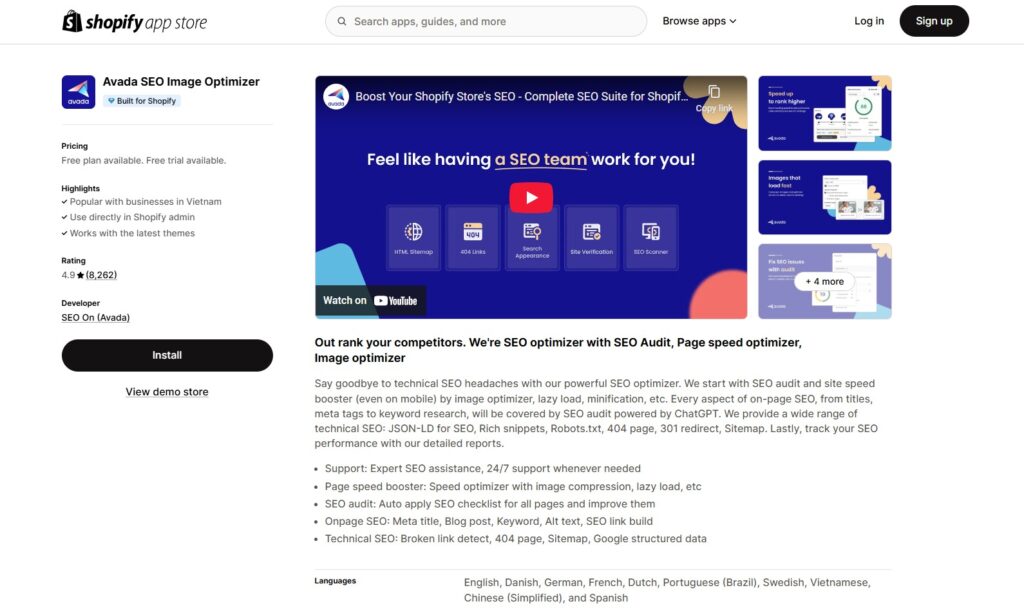
Lazy loading for images and other media on eCommerce sites.
Lazy loading is a technique that defers the loading of images and other media until they are visible in the user’s viewport. This can significantly improve initial page load times, especially in technical SEO for eCommerce websites with many product images.
Content Delivery Network (CDN) usage for eCommerce.
A content delivery network (CDN) is a network of servers distributed across multiple geographic locations that store and deliver website content to users based on their location. Using a CDN can improve page speed by reducing the distance between the server and the user, resulting in faster content delivery.
3. Handling Duplicate Content on eCommerce Sites
Identifying and addressing duplicate content issues on eCommerce sites.
Duplicate content refers to content that appears on multiple URLs. This can be a commonsue for eCommerce websites due to factors such as product variations, multiple categories, and URL parameters. Duplicate content can confuse search engines and harm your website’s SEO.
Using canonical tags to specify the preferred version of a page on eCommerce.
Canonical tags are HTML elements that specify the preferred or authoritative version of a web page. By using canonical tags, you can tell search engines which version of a page they should index and rank, even if multiple versions exist.
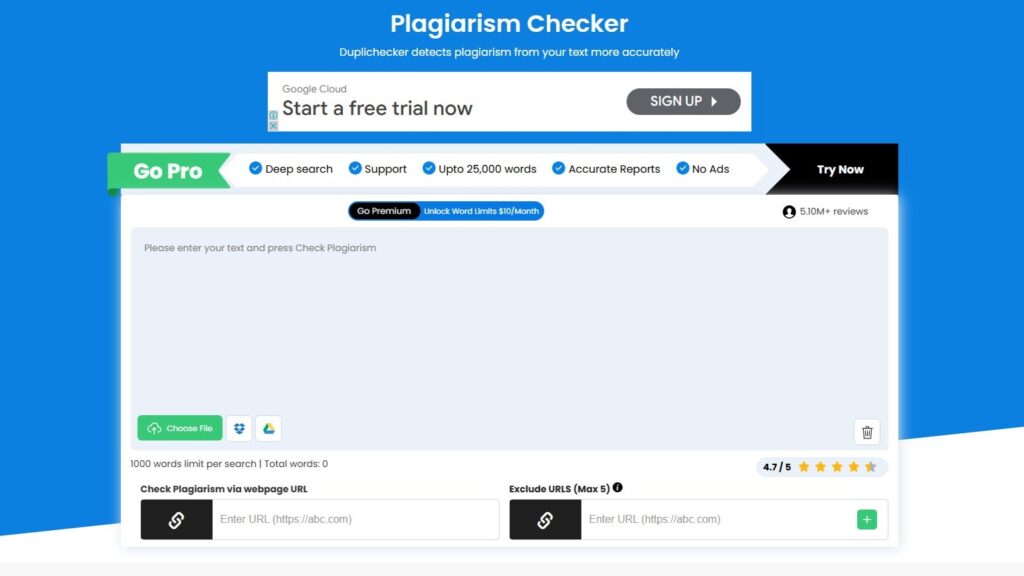
Implementing robots.txt to control crawler access on eCommerce sites.
The robots.txt file is a text file that provides instructions to search engine crawlers about which pages or sections of your website they should or should not crawl. You can use the robots.txt file to prevent search engines from crawling duplicate content or other non-essential pages, which can help improve your website’s crawl efficiency.
Creating and submitting XML sitemaps to search engines for eCommerce.
An XML sitemap is a file that lists all the important pages on your website, making it easier for search engines to discover and index your content. Submitting an XML sitemap to search engines can help ensure that all your product and category pages are properly crawled and indexed.
4. Structured Data for eCommerce
Structured data, also known as schema markup, is code that you can add to your website to provide search engines with more information about your content. For eCommerce websites, structured data can be used to enhance product listings in search results with rich snippets that display information such as price, availability, reviews, and ratings.
This can make your product listings more appealing to potential customers and improve click-through rates.
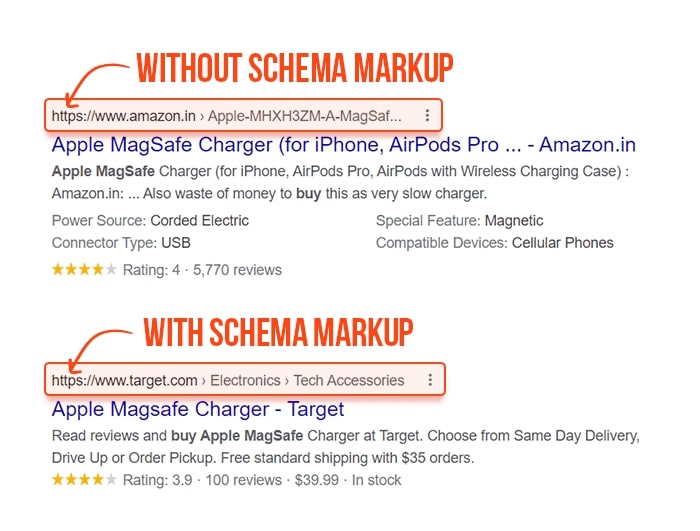
D. Link Building Strategies in Technical SEO for eCommerce Websites
Link building is the process of acquiring backlinks (links from other websites) to your website. Backlinks are an important ranking factor for search engines, as they act as “votes of confidence” from other websites, signaling that your site is trustworthy and authoritative.
Backlinks are a crucial component of technical SEO for eCommerce websites because they significantly impact how search engines perceive your online store’s authority and relevance. When a reputable website links to your product page or category page, it signals to search engines that your content is valuable and trustworthy.
The higher the quality and relevance of the linking website, the greater the impact on your SEO. Acquiring high-quality backlinks can improve your eCommerce website’s search engine rankings, drive more organic traffic, and ultimately increase conversions and sales.
1. Guest Blogging and Industry Partnerships for eCommerce
Guest blogging involves writing and publishing articles on other websites in your industry to gain exposure, build relationships, and earn backlinks. To find relevant websites for guest blogging, you can:
- Identify industry blogs and publications that cover topics related to your products or niche.
- Use search engines to find websites that accept guest posts.
- Analyze your competitors’ backlink profiles to see where they are getting links.
To maximize the benefits of guest blogging, it’s essential to create high-quality, valuable content that provides insights, solves problems, or offers unique perspectives to the target audience of the host website.

Building relationships with other businesses and websites in your industry can open up opportunities for link exchanges and collaborations.
By partnering with complementary businesses, you can exchange links, cross-promote products, and reach a wider audience. When participating in link exchanges, ensure that the linking websites are relevant to your niche and have good authority.
2. Product Reviews and Influencer Outreach for eCommerce
Encouraging product reviews on your eCommerce site and third-party platforms.
Product reviews are a valuable form of social proof that can influence purchasing decisions and improve your eCommerce website’s SEO.
Encourage customers to leave reviews on your website and on third-party platforms like Google Reviews, Yelp, and industry-specific review sites. Positive reviews can increase customer trust, improve click-through rates, and provide valuable user-generated content that can enhance your search engine rankings.
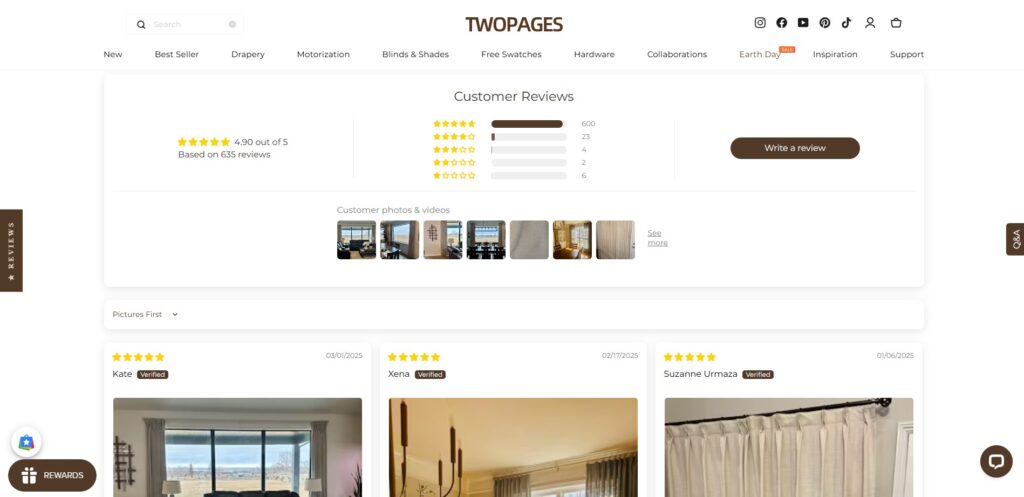
Collaborating with influencers to promote products and earn backlinks for eCommerce.
Influencer marketing involves partnering with influential individuals in your niche to promote your products and reach their followers. Collaborating with influencers can not only drive brand awareness and sales but also help you earn valuable backlinks from their websites, blogs, and social media profiles. When choosing influencers, ensure they are relevant to your target audience and have a strong reputation and engagement rate.
3. HARO (Help A Reporter Out) and PR Backlinks for eCommerce
Using HARO to connect with journalists and secure media mentions for eCommerce.
HARO (Help A Reporter Out) is a platform that connects journalists with sources for their stories. By monitoring HARO queries and providing valuable insights and expertise, you can secure media mentions and earn high-quality backlinks from reputable news outlets and publications.
Strategies for earning high-quality backlinks through public relations efforts for eCommerce.
Public relations (PR) efforts can also be effective for earning high-quality backlinks for your eCommerce website. By building relationships with journalists, bloggers, and media outlets, you can secure coverage for your brand, products, or company news, which can result in valuable backlinks.

4. Creating Shareable, Link-Worthy Content for eCommerce
By developing valuable resources that provide information, solve problems, or entertain your target audience, you can encourage other websites to link to your content. Examples of link-worthy content for eCommerce websites include:
- Comprehensive Guides: In-depth guides on topics related to your products or industry.
- Infographics: Visually appealing infographics that present data or information in an easy-to-understand format.
- Tools and Calculators: Free tools or calculators that help users solve problems or make decisions.
- Original Research: Studies or surveys that provide unique insights into your industry.
By creating high-quality, valuable content, you can establish your eCommerce website as a trusted resource and attract backlinks from other authoritative websites.
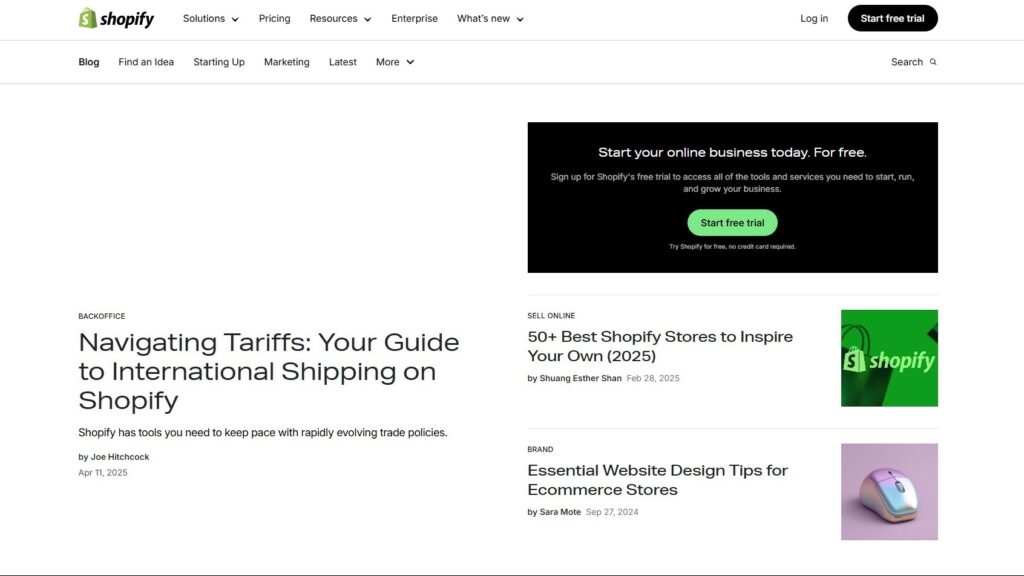
Conclusion
In conclusion, mastering advanced technical SEO is not just about fixing errors; it’s about building a robust foundation for your eCommerce business to thrive. By implementing these pro tips, you’re not only optimizing for search engines but also enhancing the overall user experience, which can lead to increased engagement, conversions, and customer loyalty.
Remember that technical SEO is a continuous process. Regular monitoring, analysis, and adaptation are crucial to maintain peak performance and stay ahead of the competition in the dynamic eCommerce landscape.
If you’re committed to maximizing your online store’s potential and need expert guidance to navigate the complexities of technical SEO, Wgentech‘s Website Optimization Service is here to help. Our team of experienced professionals can provide tailored strategies and solutions to address your specific needs and drive sustainable growth for your eCommerce business. Explore our services and discover how we can elevate your online store’s performance.

